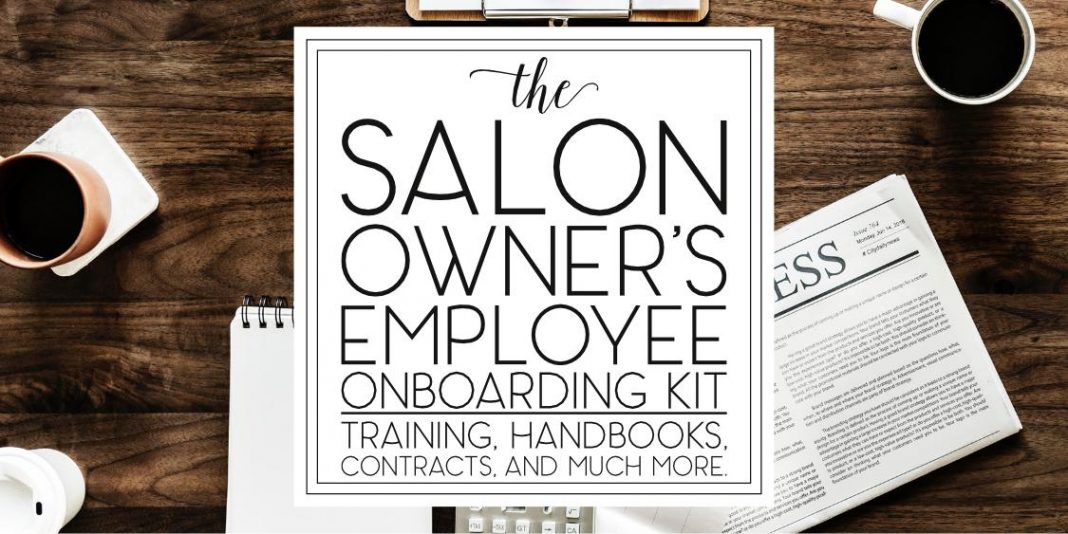Ambitious professionals and salon owners often have difficulty finding enough hours in the day to hit their goals and accomplish all the tasks they feel they need to accomplish. Where does the time go? How can it be better spent? What systems can you implement to keep yourself focused and ensure you’re being as productive as possible? Today, we aren’t going to talk about COVID, masks, or whether you should or shouldn’t make an unsolicited statement about racial justice (that’s next month). Instead, you’ll learn how to plan long-term goals and create manageable lists that will get you there.
Don’t shoot for the moon.
Do you have any idea how far away the moon is? Or how expensive it will be to get there? Just thinking about the work required makes the task of getting there seem overwhelming and impossible. (Plus, “shooting” towards a natural satellite sounds like it has the potential to end pretty painfully.)
Instead of focusing intently on a major, long-term goal, devote your full attention to accomplishing a significant shorter-term goal.
What do you plan to achieve in the long-term? Do you want a twenty-location empire and a mansion on the beach? Write it out in detail on a piece of paper.
What part of that dream can you reasonably accomplish in the next three years? Maybe you can open your first location, or expand your existing business into a new area? Maybe you could also start renovating parts of your home to prepare it for sale? Write those things down on another piece of paper.
Now, you’re holding two pieces of paper, right? Tuck the major “short-term” goal page into your planner. (I don’t care what you do with your “long-term” goals written on it. Some recommend putting it in a visible place, where you can see it every day. I’d recommend keeping it at the back of a planner or journal and only looking at it when you need to reassess your short-term goals.)
Your short-term goals should only include tasks that are reasonable and attainable within the next 36 months.
Three years away seems like a lifetime (especially given the way some of us have had our perception of time thoroughly thrown off as of late), but it passes much quicker when you’re working in eager pursuit of something that matters deeply to you.
Create a timeline.
For each goal on your short-term page, list every step you’ll need to take to accomplish them. If you want to establish that empire, you’ll need to do some market research and scout locations. Then, you’ll need to negotiate a lease. Then, you’ll need to get started on the build. If you want to get that house ready to sell, you’ll need to deal with that green shag carpeting in your living room…for starters.
Now, estimate how much time each of those tasks will take. For example, how long will you take to scout locations and decide on a home for your new business? How many months will it take to get the rose tile replaced with something a little more modern in your dated ass bathroom? Be reasonable in your assessments, especially if you’re relying on third parties (like accountants, attorneys, state licensing departments, or contractors) for anything.
Keep your personal responsibilities in mind, too.
Think hard about how many hours per day you can realistically dedicate to your tasks. You may find that you have to make some sacrifices or delegate certain tasks to free up more time.
For me, that task was managing my social campaigns for this blog. By automating those tasks through the use of a social calendar software, I was able to free up five hours per week. I also sacrificed non-essential social interaction, for the most part.
You’ll also need to recognize and eliminate time-sucking distractions. For example, I had to severely limit my involvement in professional networking groups to an hour or less per day. In April of 2018, I left Facebook entirely. When I finished my taxes in January of this year, I found that my income had doubled. (I am positive that was not a coincidence.)
Now, you should have a rough outline of what your next 36 months will look like. Transfer all those dates and tasks to your calendar. Once you’re done, they won’t be goals any more; they’ll be plans.
Focus and Execute
Plan to make slow and steady progress. Don’t allow yourself to get distracted by other projects or opportunities. For many of you, this will mean learning how to say “no” more often. Anything that distracts from your goals, regardless of what it is, will push back your timeline.
Most of us are visual people, so maybe it’ll help you to think of these distractions this way:
You’re at the bottom of the ocean and you really want to get to the surface, take a deep breath of fresh air, and see the sun. So, you make a plan to get to the surface and you start executing that plan.
You start to swim upwards but an octopus stops you. He says, “Hey, can you help me with this thing? It’s a great opportunity for you and will only require a few days/weeks of your time.”
The octopus straps a weight to your ankle that’ll keep you at his depth until the task is done. Meanwhile, you can’t really do a lot of swimming, so your goal of reaching the surface is postponed.
You finish the octopus’s assignment, remove the weight, and start swimming again. You’ve made it another twenty feet closer to the surface when a dolphin approaches you. “Hello!” he says. “I have a great opportunity for you. It will only require a few days/weeks of your time…” He holds out another weight for you to strap to your ankle.
Always ask, “What’s in this for me?”
You’re allowed to be selfish, shrewd, and cynical. You’re allowed to expect a tangible return on your time and effort, especially when you’re being asked to put your goals on hold by someone else who’d rather you spend your time in pursuit of theirs. Many “opportunities” I’m presented with aren’t actually opportunities that would ever benefit me—at least not enough to make up for the loss of time I could have spent on my own goals. Be willing to say no to anything that doesn’t move you closer to your destination. Remember, you’re on a schedule.
Outside projects, in addition to robbing you of your valuable time, will tire you out. The longer you postpone your own goals, the easier it gets to postpone them further. Go long enough without working on your goals and they’ll eventually start to look like unattainable pipe dreams. You’ll get frustrated and resentful and will may never resume your work towards that goal again.
The only thing worse for your progress than the interference of others is your inability to commit to a singular focus.
Sometimes, we’re the ones strapping weights to our own ankles. We can set ourselves back when we start twenty different projects and never actually complete anything.
A few of my consulting clients are like this: eager, driven, motivated, but ultimately they’re too impulsive. They haven’t opened their first location before they’re asking to tour empty units in neighboring towns as part of a sudden expansion plan that materialized on a whim.
In this scenario, you’re swimming to the top, but you can only really use one arm (most of the time), because your other arm and your legs are preoccupied managing your other projects. Try not to think too hard about how that would work from a logistical standpoint—it’s a mediocre analogy, the point is…
Successful, productive people commit and follow through.
Don’t sabotage yourself by spreading yourself too thin or set yourself up for disappointment by taking on far too much. Your timeline serves as a guide but also a reminder that big goals sometimes require big time investments. You might get there sooner, but if not, you shouldn’t feel discouraged. Keep checking off tasks one day at a time. As long as you’re moving forward, it doesn’t matter how fast (or slow) you’re going.
Self-Assess
The lists, calendars, and detailed plans go a long way to curb those impulsive behaviors, but daily self-assessment is an absolute necessity.
When you start your day, do the following:
Check your calendar. Ask yourself:
- Am I on track to hit my deadlines?
- What do I need to be focusing on today to ensure that I will stay on schedule?
Check your to-do list. Ask yourself:
- What can I fully complete today?
- What extraneous tasks can I outsource or postpone?
Hold yourself accountable. If you can’t, have someone else hold you accountable.
Once you accomplish one of your short-term goals, revisit your long-term goal. Ask yourself:
- Do I still want this, or have I found a new long-term goal?
- Have new opportunities presented themselves that could get me closer to achieving this goal or help me progress more efficiently?
- Can I add a new short-term goal now or should I buckle down and clear the ones I’m working on first?
I hope you found this approach helpful. Personally, I had a hard time following most popular goal-setting techniques. This strategy works for me, but I encourage you to also be flexible. When something isn’t working, try something new until you find something that works, and don’t get too discouraged when you experience delays or setbacks.








